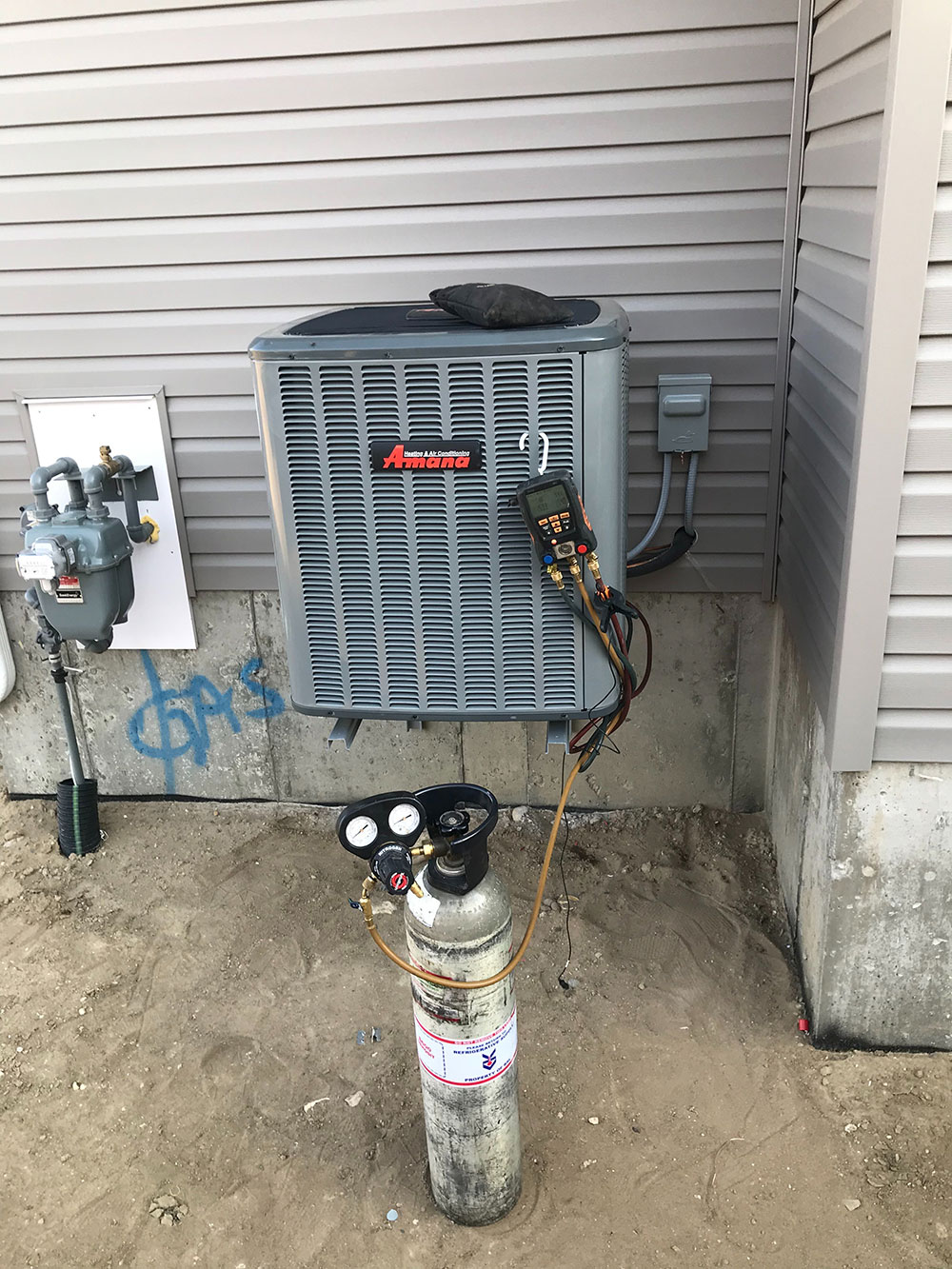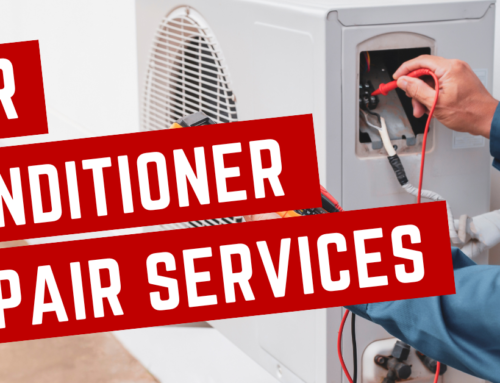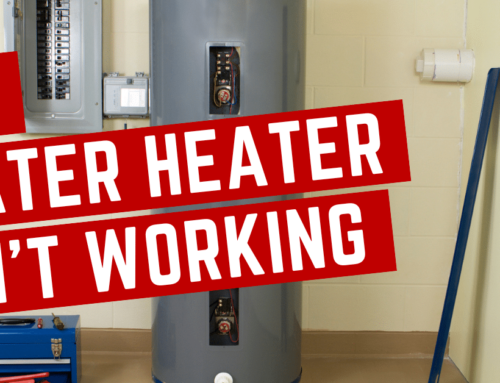So here we are. You’ve decided this year is the year you’re going to splurge and finally get out of the heat. You’re finally getting an air conditioner! Next, you did your homework. You asked around, read reviews, researched all the different plumbing companies in Regina, and finally decided on who you were going to have (likely you chose Family Plumbing and Heating) to do the work. We showed up, did some work inside, did some work outside, and left you with cool air. But what were we actually doing?
We were working hard (hardly working?) at making sure you had the best air conditioner install possible. A properly installed AC significantly decreases the issues you may have in the future. Certain steps need to be followed when installing air conditioners. Even skipping one step will reduce the efficiency of the unit. Outlined below are what one could consider the key steps (that often get missed) when installing an air conditioner.
1. Sizing
A properly sized AC is key to its operation. One industry standard to follow is for every 600 square ft requires 1 ton of cooling. So a 900 square foot home would need a one and a half-ton unit. Installing a unit too big for the area will provide too much cooling in a short amount of time causing the unit to short cycle, while an undersized unit will struggle to reach temperature adding undue stress.
2. Brazing with Nitrogen
When brazing the lineset, nitrogen should be flowing through the pipe at all times. This will help prevent rapid oxidation inside the pipe. Without flowing nitrogen the inside pipe wall can begin to flake off. These flakes will soon clog the filter driers and can eventually make their way into the compressor which is a big problem you do not want.
3. Pressure Testing
A compressor replacement is the last repair you want to be told you need. Next on the list would be a refrigerant leak. While freon is often nicknamed “gas” it’s kind of misleading. Freon does not run out so if you’re ever told you’re low on refrigerant it means you have a leak. We avoid this problem by filling the system up to a high PSI with nitrogen and watching to see if pressures drop.

4. Pulling a Vacuum
Your install is almost complete! But first, we need to de-gas and de-hydrate. Degassing removes the non-condensibles that can cause increased run times and derate the efficiency. De-hydrating removes the moisture within the line set. Moisture can cause premature failure of the oil inside the compressor. It will clog the metering device and eventually contaminate the lineset, ultimately leading to the need for a new system. (ouch). The goal of the vacuum should be to pull down (and hold) below 500 microns.

Above are 4 of the major steps, but as with everything else in life, the devil is in the details. I’ve skipped over likely another 10 steps that while maybe not crucial to the operation of the equipment, are still important and must be followed.
In some cases, you might want to ensure that there is a 220-volt or 240-volt dedicated circuit installed by a certified electrician. Our team would be happy to review this and assist on whether you’re home is well suited for installing an AC system right away.
If you are interested in an air conditioner installation this summer or would like to know more information always feel free to reach out and talk to us.
306-519-3722
Thanks,
Brenden







Leave A Comment